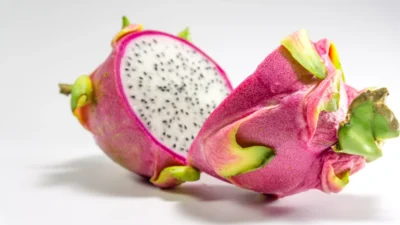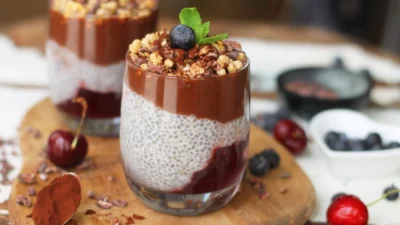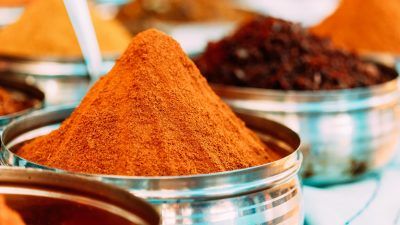The health benefits of 10 autumn foods
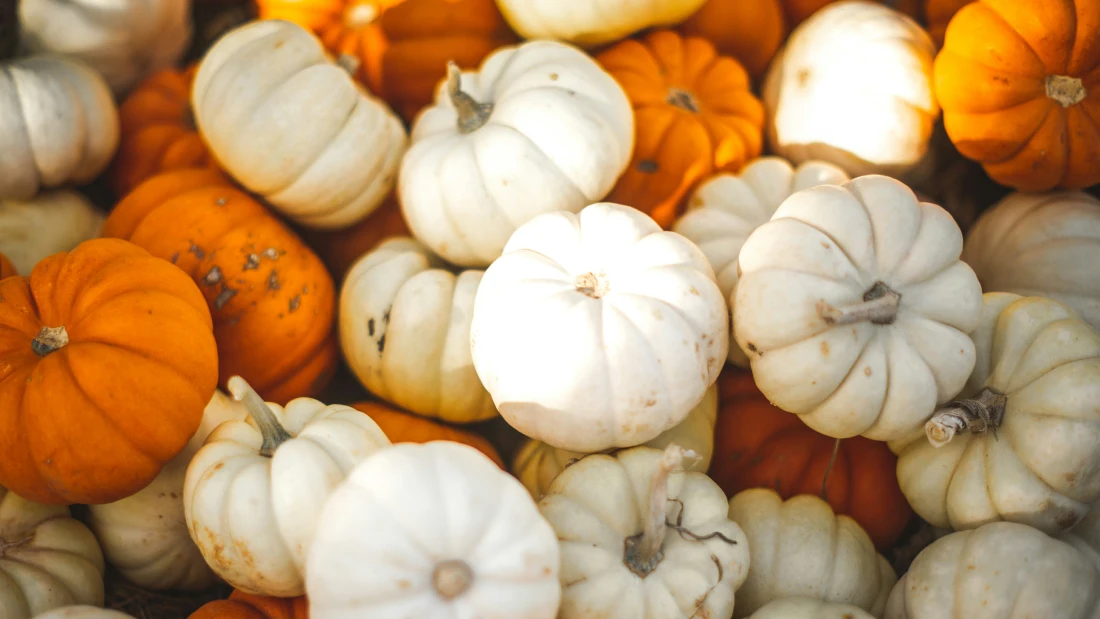
As we wave goodbye to summer for another year, it’s time to embrace autumn and all the amazing seasonal foods that make this time of year so special. While many of us might feel a hint of sadness as the weather cools and the days shorten, we can find comfort in the flavours that not only warm our heart but nourish our body too. Here are 10 foods worth your attention this autumn:
1. Pumpkin
Nothing says autumn like pumpkins! Unfortunately, the flesh from orange Jack O’Lanterns isn’t great for eating but luckily there is a profusion of pumpkin varieties to enjoy throughout the spooky season. The health benefits of pumpkins have been recognised for centuries and they have been used to treat and manage many health conditions, including diabetes, liver disorders and heart disease. They’re a great source of healthy carbohydrates, fibre and fats. are rich in antioxidants, have anti-inflammatory properties and are packed full of vitamins, minerals and phytochemicals. Pick up a pumpkin this autumn!
Find out more about pumpkins and squashes here.
2. Pumpkin seeds
While we’re praising pumpkins, let’s not forget their wonderful seeds. All types of pumpkin seed are considered edible and can be eaten raw or roasted in their shell. The hulled, green pumpkin seeds commonly on offer are also known as pepita and come from the Styrian pumpkin. They are a good source of protein, healthy fats, fibre and essential minerals such as magnesium, zinc and iron. They may help support heart health by regulating blood pressure and cholesterol levels. Their antioxidants can reduce inflammation and protect against cell damage. One study suggests pumpkin seeds may improve prostate and bladder health, aid blood sugar control and may even lower the risk of certain cancers. They also contain compounds that promote better sleep and may enhance male fertility. Overall, pumpkin seeds are a nutrient-dense food that can contribute to general wellbeing and prevention of chronic diseases. It seems as if pumpkin seeds could be the perfect snack!
3. Blackberries
Blackberries are usually in season in the UK from August to early October, making them a perfect pick on late summer and early autumn strolls in the countryside. Blackberries are full of the vitamins A, B, C, K and E and contain the minerals magnesium, potassium, iron and calcium but it is their bioactive compounds called phenolics we can thank for many of their health benefits. A 2023 review stated that “phenolics are considered the main factors responsible for the health benefits attributed to these berries, and stand out due to their capacity to prevent cardiovascular diseases, reduce inflammation, improve neurological function and boost immune system, and offer resistance against oxidative stress.” You can’t beat blackberries!
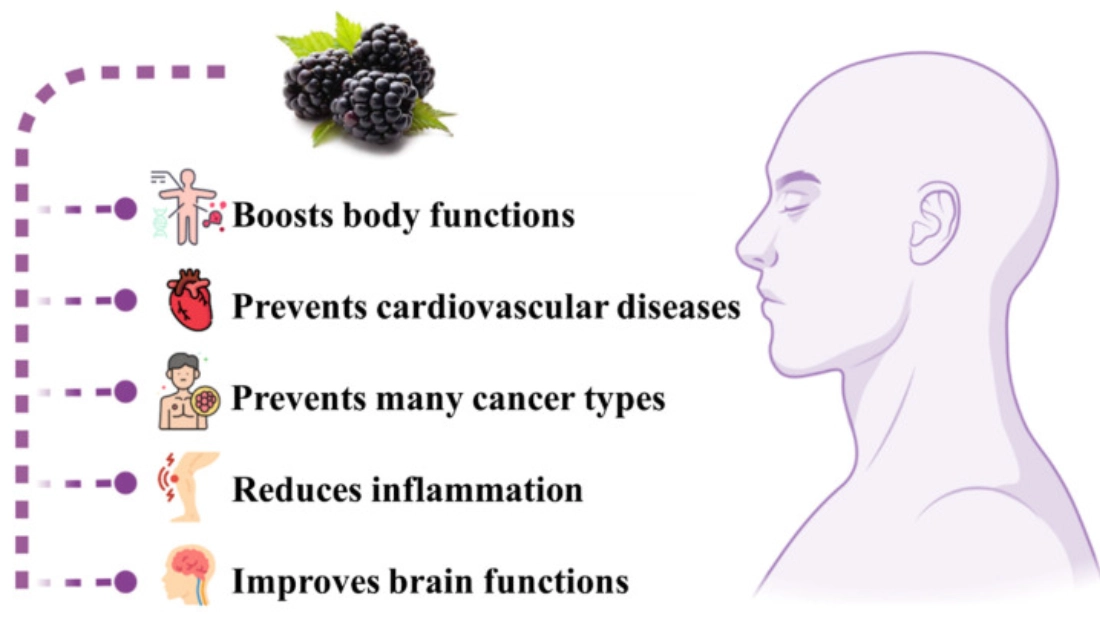
4. Elderflower and elderberries
Like blackberries, elderberries are ripe for picking from late summer into early autumn but unlike blackberries they should never be eaten raw. Elderberry tea and flower infusions are a much safer way to get the benefits from these brilliant berries. Elderberries are a very rich source of polyphenols called anthocyanins which have antioxidant and anti-inflammatory properties. According to a 2023 review, “these health effects include attenuation of cardiovascular, neurodegenerative, and inflammatory disorders, as well as anti-diabetic, anticancer, antiviral, and immuno-stimulatory effects.” A 2017 study found that tea made from elderflowers contained more antioxidants than tea made from the berries, but according to a 2024 study, elderberry juice may help people with mild cognitive impairment due to its anti-inflammatory properties.
Find out more about berries here.
5. Cinnamon
Cinnamon has been a popular autumn and winter spice in the West since the Middle Ages, having made its way from Sri Lanka and Southern India. Its warming flavour makes it the perfect accompaniment to many meals, desserts and hot drinks as the nights draw in and the temperature begins to drop. Throughout history, cinnamon has had many medicinal purposes, from acting as a coagulant to stop bleeding to curing toothache. More recent studies suggest cinnamon may have anti-cancer properties, can improve cognitive function, and help manage metabolic syndrome by lowering blood-sugar levels and improving insulin sensitivity. It might be worth adding cinnamon to your meals and drinks at every opportunity… try adding it to apple crumbles and hot chocolate and not just in the autumn!
Find out more about cinnamon here.
6. Apples and pears
We’ve all heard the idiom “an apple a day keeps the doctor away” and while we can’t prevent all illnesses, an apple – or pear – a day can certainly help. Apples and pears are full of fibre, which is great for our digestive health, preventing cardiovascular disease and reducing mortality rates, according to a 2023 review. The review, which asked “does an apple a day keep away diseases?” concluded apples have multiple health benefits ranging from protective effects against cardiovascular disease and cancer, and improving cognitive function, hair and skin health, and oral health. The researchers attributed this to the antioxidant and anti-inflammatory properties of the fruit, and its ability to lower cholesterol. While there is less research on pears, studies suggest they have similar effects. And, if you want to add a little extra health kick to your apple or pear, why not cut it into quarters, add a dollop of almond butter and sprinkle with some cinnamon!
Find out more about apples and pears here.
7. Potatoes
In a world that tends to pick on carbohydrates and conflate refined, simple carbs with starchy, complex ones, the humble potato often gets a bad rap. While it’s certainly true that potatoes are often processed into unhealthier foods such as French fries and crisps, potatoes in their unprocessed form, have many health benefits. A 2024 review for the Nordic Nutrition Recommendations stated that “potatoes are a source of several micronutrients like vitamin C and potassium as well as dietary fibre, high-quality protein and phytochemicals.” In fact, while potatoes are primarily talked about in terms of their role as a carbohydrate, like all plant foods, they also contain all nine essential amino acids (the building blocks of protein) and are a particularly good source of leucine, which is an important amino acid for building muscle.
Find out more about potatoes here.
8. Turnips
Turnips are a root vegetable in the Brassica family and are closely related to broccoli, cauliflower and kale, often referred to as cruciferous vegetables. Despite not sharing the same appearance as its leafy green cousins, turnips do share many of the health benefits. A 2021 review of turnips (yes, such a paper exists!) found that the bioactive components of turnips have anti-cancer and antibacterial properties, may help our blood absorb oxygen in low-oxygen environments, and may help prevent type 2 diabetes. They also noted that turnips, like many naturally occurring foods, are “an abundant source of natural antioxidants (…) which can be consumed to defend cellular damage from oxidative stress.” Don’t turn your nose up at turnips!
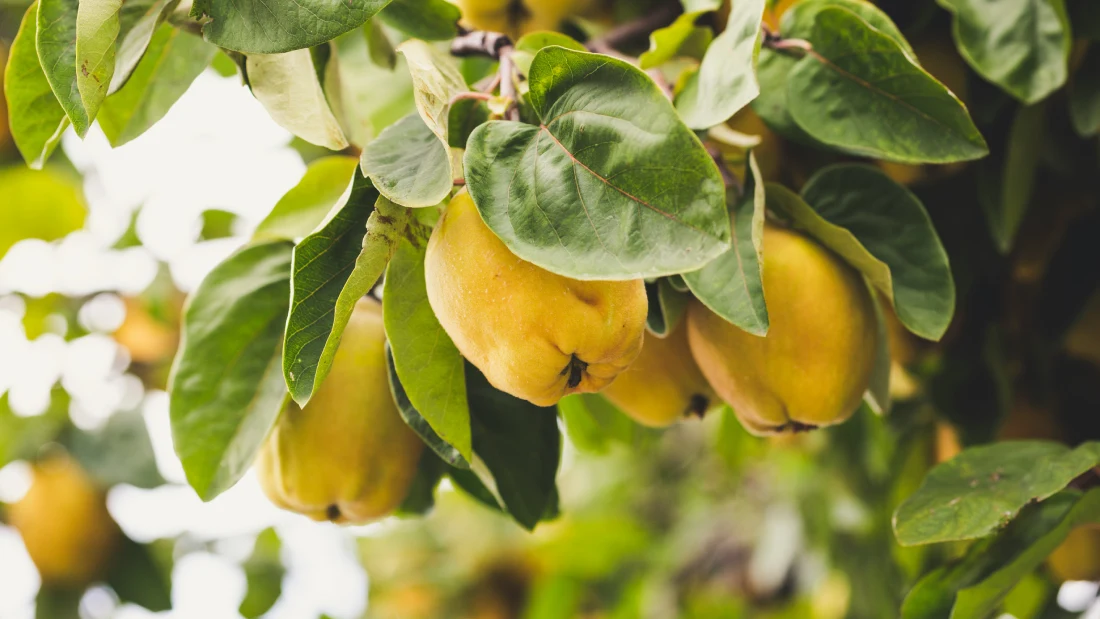
9. Quince
They may not be the most common fruit in the UK, but they are a quince-essential autumn food, harvested from October to December. A quince is a pear-like fruit with a tough, bumpy yellow skin and very tart flavour. Because of this, they are usually cooked to enhance their sweetness and made into a jam or sauce. Like its relatives, apples and pears, the quince has many health benefits. A 2022 review found that quince is a great source of vitamins and minerals, including more vitamin C, calcium, potassium and phosphorus than apples, and stated its health benefits “include antioxidant, anti-inflammatory, antimicrobial, anti-ulcerative, and anticancer actions.” Don’t leave this unusual fruit off your autumn shopping list!
10. Fennel
Fennel is a member of the carrot family, with its bulb, seeds and leaves all being edible. Although fennel is grown all year, its peak season is in the late summer and autumn. The herb has been used as a medicinal plant in traditional medicine for centuries, and not without good reason. There is now growing evidence to support many of the health claims associated with the brilliant bulb. According to a 2014 review of fennel and its properties, fennel is rich in flavonoids and “the phenolic compounds present in [fennel] are considered to be associated with the prevention of diseases possibly induced by oxidative stress such as cardiovascular diseases, cancer, and inflammation.” It is also a source of several vitamins and minerals including vitamins A, E and K, thiamine, riboflavin, niacin, and the essential amino acids leucine and tryptophane, which “may contribute to the myriad health beneficial effects” of fennel.
No matter what time of year it is, nature has some incredible seasonal foods on offer to nourish our body and soul. Make the most of this autumn by exploring wholefoods you might not get the chance to eat at other times of the year and reap the health benefits of these seasonal specialties.




